What Is Autism?
There is no one type of autism, but many.
Autism, or autism spectrum disorder (ASD), refers to a broad range of conditions characterized by challenges with social skills, repetitive behaviors, speech and nonverbal communication. According to the Centers for Disease Control, autism affects an estimated 1 in 44 children in the United States today We know that there is not one autism but many subtypes, most influenced by a combination of genetic and environmental factors. Because autism is a spectrum disorder, each person with autism has a distinct set of strengths and challenges. The ways in which people with autism learn, think and problem-solve can range from highly skilled to severely challenged. Some people with ASD may require significant support in their daily lives, while others may need less support and, in some cases, live entirely independently.
Several factors may influence the development of autism, and it is often accompanied by sensory sensitivities and medical issues such as gastrointestinal (GI) disorders, seizures or sleep disorders, as well as mental health challenges such as anxiety, depression and attention issues.
What Are the Symptoms of Autism?
The core symptoms of autism are:
Social communication challenges & Restricted, repetitive behaviors.
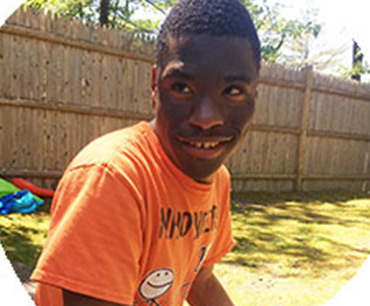
Restricted and repetitive behaviors
Restricted and repetitive behaviors vary greatly across the autism spectrum. They can include:
- Repetitive body movements (e.g. rocking, flapping, spinning, running back and forth)
- Repetitive motions with objects (e.g. spinning wheels, shaking sticks, flipping levers)
- Staring at lights or spinning objects
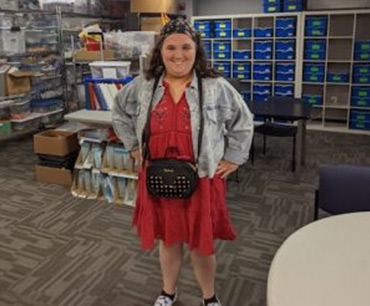
Additional social challenges can include difficulty with:
- Recognizing emotions and intentions in others
- Recognizing one’s own emotions
- Expressing emotions
- Seeking emotional comfort from others
- Feeling overwhelmed in social situations
- Taking turns in conversation
- Gauging personal space (appropriate distance between people)
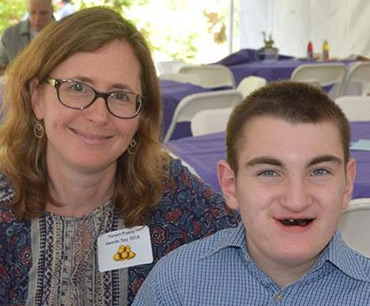
Social communication challenges
Children and adults with autism have difficulty with verbal and non-verbal communication. For example, they may not understand or appropriately use:
- Spoken language (around a third of people with autism are nonverbal)
- Dyspraxia, Gestures, Eye contact
- Facial expressions, Tone of voice
- Expressions not meant to be taken literally
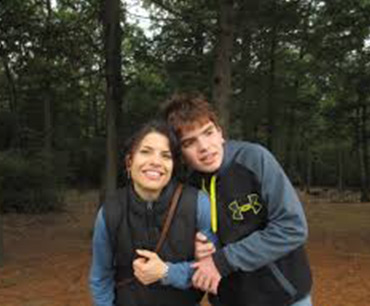
Symptoms of autism may
- begin in early childhood (though they may go unrecognized)
- persist and
- interfere with daily living.
- Narrow or extreme interests in specific topics
- Need for unvarying routine/resistance to change (e.g. same daily schedule, meal menu, clothes, route to school)
- Ritualistic behaviors (e.g. lining up objects, repeatedly touching objects in a set order)
What are the signs of autism?
The autism diagnosis age and intensity of autism’s early signs vary widely. Some infants show hints in their first months. In others, behaviors become obvious as late as age 2 or 3.
Not all children with autism show all the signs. Many children who don’t have autism show a few. That’s why professional evaluation is crucial.
The following may indicate your child is at risk for an autism spectrum disorder. If your child exhibits any of the following, ask your pediatrician or family doctor for an evaluation right away:
-
By 6 months
✓ Startle effect- when a light is turned on in a room toddler gets startled
✓ Few or no big smiles or other warm, joyful and engaging expressions
✓ Limited or no eye contact
-
By 9 months
✓ Little or no back-and-forth sharing of sounds, smiles or other facial expressions
-
By 12 months
✓ Little or no babbling, which would otherwise be the beginning of sentence formation
✓ Little or no back-and-forth gestures such as pointing, showing, reaching or waving
✓ Little or no response to name
-
By 16 months-18 months
✓ Loss of previously acquired words
✓ Very few or no words
-
By 24 months
✓ Very few or no meaningful, two-word phrases (not including imitating or repeating)
-
At any age
✓ Loss of previously acquired speech, babbling or social skills
✓ Avoidance of eye contact
✓ Persistent preference for solitude
✓ Difficulty understanding other people’s feelings
✓ Delayed language development
✓ Persistent repetition of words or phrases (echolalia)
✓ Resistance to minor changes in routine or surroundings
✓ Restricted interests
✓ Repetitive behaviors (flapping, rocking, spinning, etc.)
✓ Unusual and intense reactions to sounds, smells, tastes, textures, lights and/or colors
Join the American Autism Society
Autism’s environmental risk factors
Research also shows that
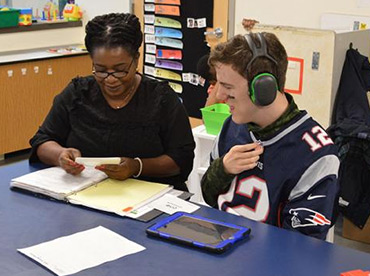
Increased risk
- Advanced parent age (either parent)
- Pregnancy and birth complications (e.g. extreme prematurity [before 26 weeks], low birth weight, multiple pregnancies [twin, triplet, etc.])
- Pregnancies spaced less than one year apart

No effect on risk
- Vaccines Each family has a unique experience with an autism diagnosis, and for some it corresponds with the timing of their child’s vaccinations. At the same time, scientists have conducted extensive research over the last two decades to determine whether there is any link between childhood vaccinations and autism. The results of this research is clear: Vaccines do not cause autism. The American Academy of Pediatrics has compiled a comprehensive list of this research.
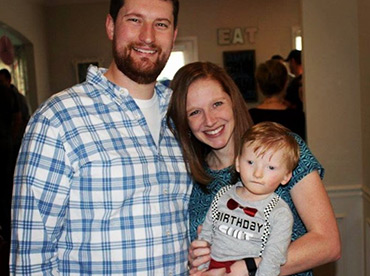
Differences in brain biology
How do these genetic and nongenetic influences give rise to autism? Most appear to affect crucial aspects of early brain development. Some appear to affect how brain nerve cells, or neurons, communicate with each other. Others appear to affect how entire regions of the brain communicate with each other. Research continues to explore these differences with an eye to developing treatments and supports that can improve quality of life.

